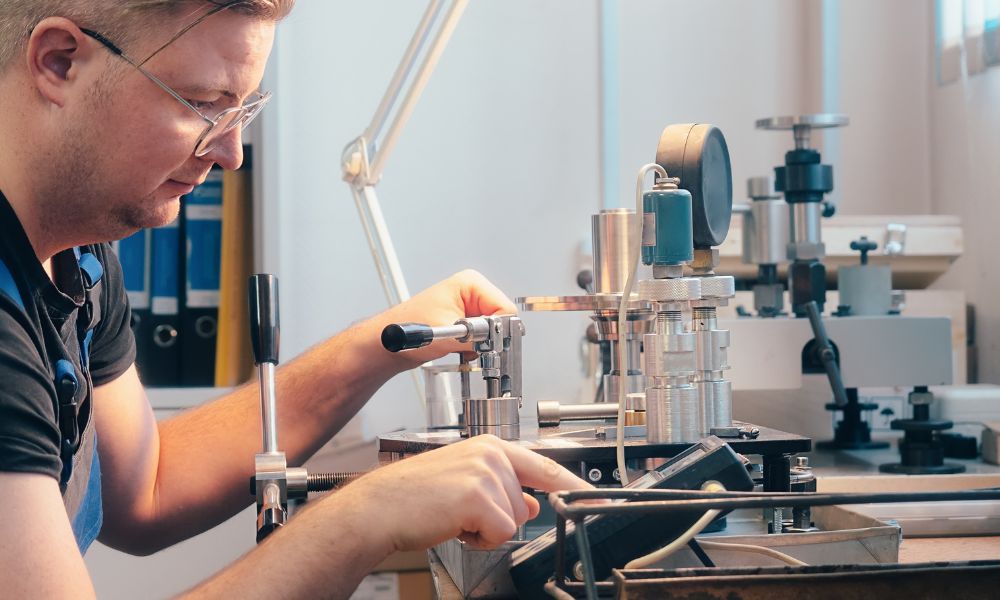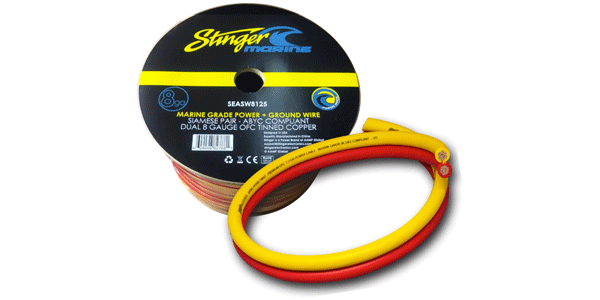Pressure Transducers and Temperature Compensation

Pressure transducers play a pivotal role in many industries and applications, from various forms of manufacturing to research and development projects. These devices provide precise pressure readings required for superior safety, product quality, and regulatory compliance. Their performance, however, can be significantly influenced by temperature variations, leading to potential inaccuracies. Read on to learn more about the impact of temperature on pressure transducers and the importance of temperature compensation.
What Is Temperature Compensation?
Temperature compensation refers to the process of adjusting the output or reading of a device to counteract the effects of varying temperatures. This is crucial because most sensing devices have physical properties that change with temperature, which can lead to inaccurate readings. For instance, temperature compensation is applied in the telecommunications industry to stabilize the frequency of quartz crystals used in communication devices. Without this compensation, variations in ambient temperature could cause significant frequency drifts, leading to communication errors. Similarly, fuel efficiency and emissions calculations in the automotive industry rely on accurate temperature measurements. Temperature compensation ensures these measurements remain precise despite the fluctuations in engine and ambient temperatures.
The Relation Between Pressure Transducers and Temperature Compensation
Now that you understand temperature compensation, it’s time to learn how this process is used to improve pressure transducer performance. Fluctuations in temperature can significantly affect the performance of pressure transducers. This is because the materials used in their construction, like the diaphragm and strain gauge, can expand or contract with temperature variations. This physical change can alter the transducer’s response to pressure, leading to inaccurate readings. For instance, a pressure transducer might give a high-pressure reading in warmer conditions, even if the pressure has not changed. Temperature compensation is implemented to counteract this issue and any other measurement complications.
Accomplishing Temperature Compensation in Your Applications
Achieving temperature compensation in your applications involves hardware- and software-based methods. From the hardware perspective, manufacturers often incorporate materials with specific thermal properties into the pressure transducer design. These materials can counterbalance the effects of temperature on the pressure-sensing elements, thereby reducing temperature-induced errors. Alternatively, some transducers employ built-in temperature sensors to measure the ambient temperature and adjust the output accordingly.
On the software side, advanced algorithms can be used to compensate for temperature effects. These algorithms use the data from the temperature sensors to correct the pressure readings. They establish a relationship between temperature changes and their impact on the pressure readings. Once this relationship is determined, the algorithm can adjust the pressure readings based on the current temperature, ensuring accurate measurements across a wide range of operating temperatures. By effectively implementing these methods, you can accomplish temperature compensation in your applications and enhance the reliability of your pressure measurements.
Whether you work in an industry that handles these devices and concepts daily or are merely an outsider interested in this industrial tech, the relationship between pressure transducers and temperature compensation is undoubtedly important and highlights the need for precise and advanced technology. Whether through hardware modifications or software algorithms, implementing effective temperature compensation strategies will significantly enhance the accuracy and reliability of your pressure measurements.




